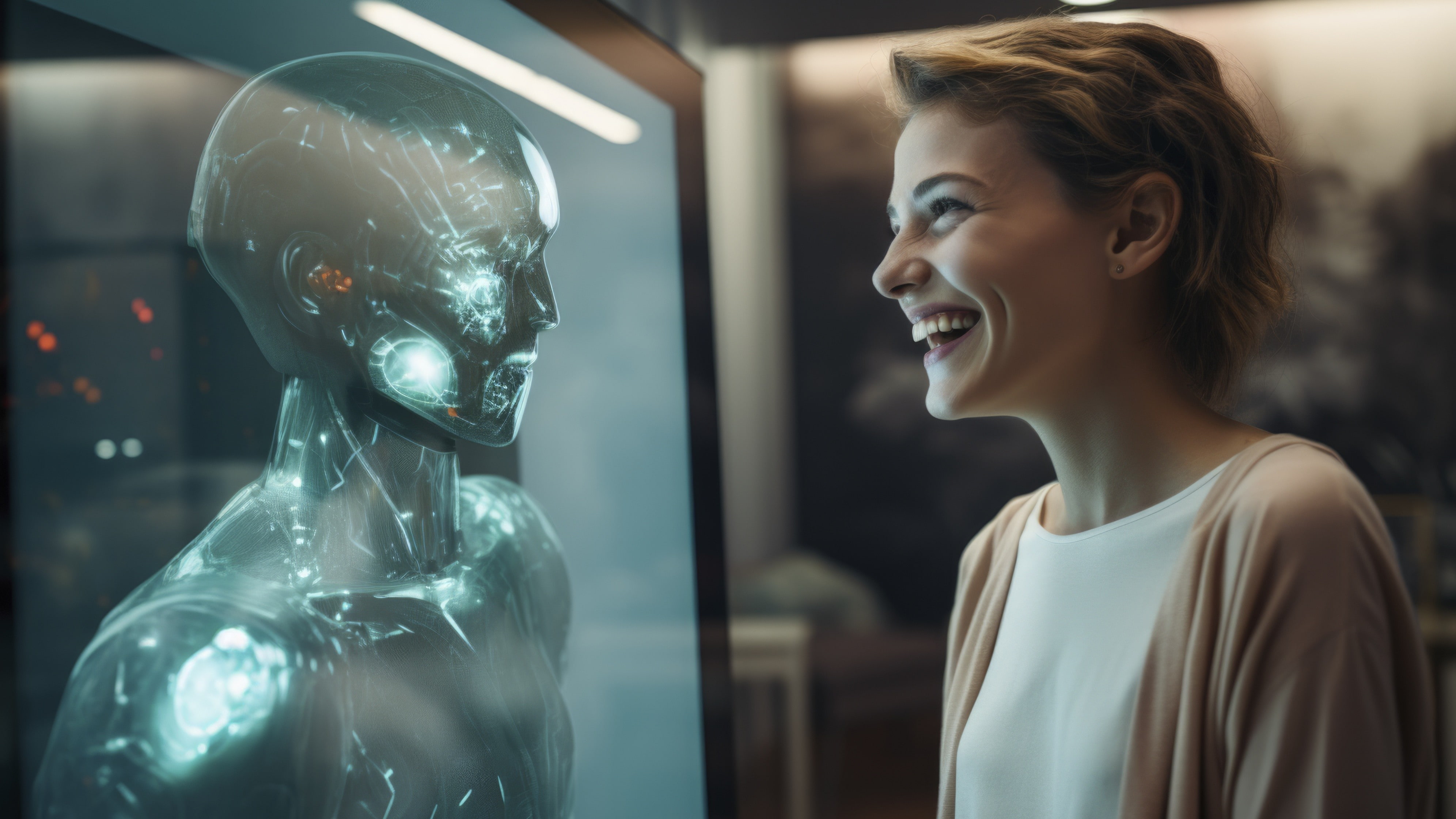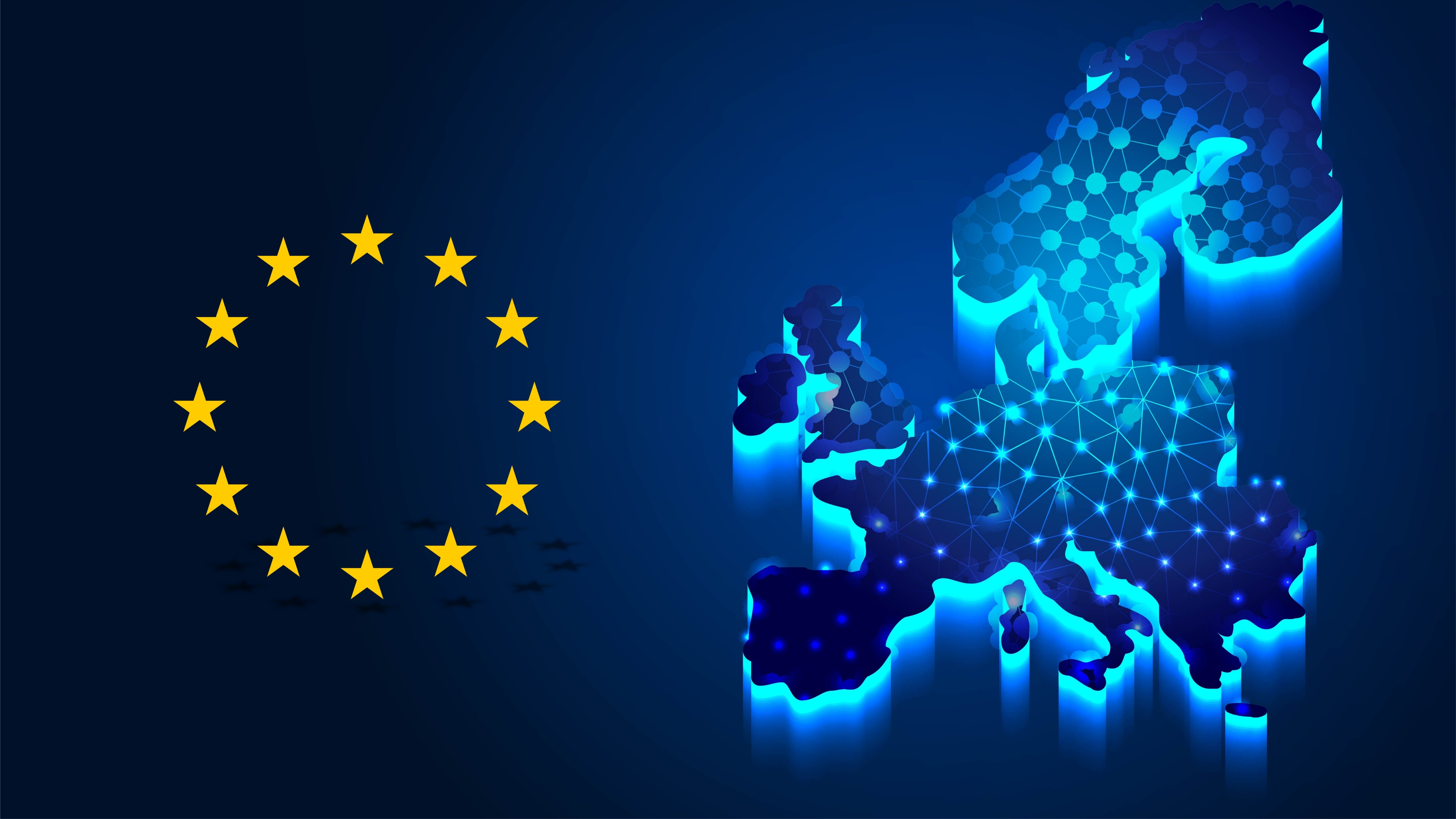Yann LeCun, one of the pioneers of deep learning and Meta’s chief AI scientist, is leaving the company to establish a new startup dedicated to world-model AI research.
The firm will continue its long-standing ambition to develop systems capable of understanding the physical world and planning complex actions.
The move comes during a turbulent period for Meta’s AI efforts, following internal reorganisations and disappointment surrounding the performance of its Llama 4 model.
Meta is investing heavily to regain momentum, including significant hires and new leadership brought in over recent months.
Despite his departure, Meta intends to partner with LeCun’s new venture, though his research direction has increasingly diverged from the company’s strategy. Differences over open-source approaches, leadership changes and cuts to research teams were significant factors in his decision to leave.
Would you like to learn more about AI, tech and digital diplomacy? If so, ask our Diplo chatbot!










